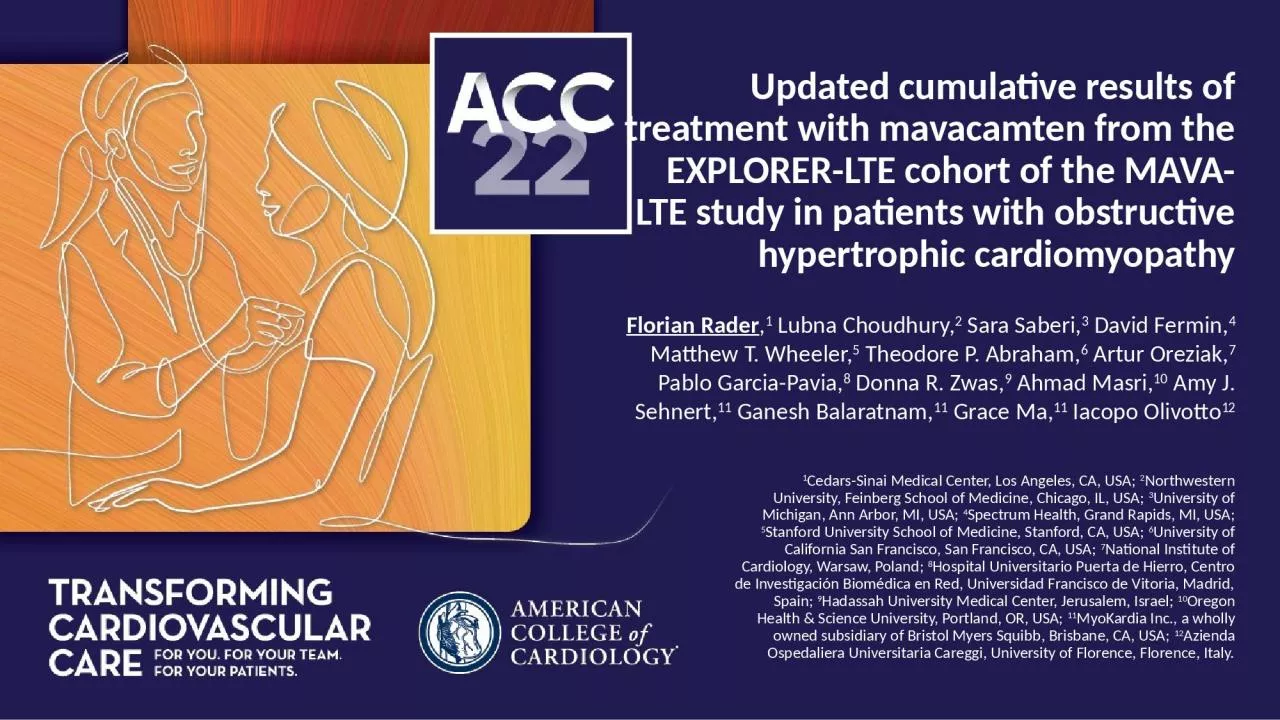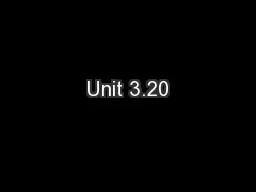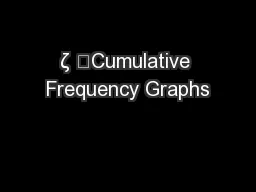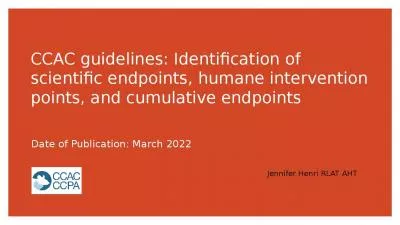PPT-Updated cumulative results of treatment with
Author : Younggunner | Published Date : 2022-08-03
mavacamten from the EXPLORERLTE cohort of the MAVALTE study in patients with obstructive hypertrophic cardiomyopathy Florian Rader 1 Lubna Choudhury 2 Sara Saberi
Presentation Embed Code
Download Presentation
Download Presentation The PPT/PDF document "Updated cumulative results of treatment ..." is the property of its rightful owner. Permission is granted to download and print the materials on this website for personal, non-commercial use only, and to display it on your personal computer provided you do not modify the materials and that you retain all copyright notices contained in the materials. By downloading content from our website, you accept the terms of this agreement.
Updated cumulative results of treatment with: Transcript
Download Rules Of Document
"Updated cumulative results of treatment with"The content belongs to its owner. You may download and print it for personal use, without modification, and keep all copyright notices. By downloading, you agree to these terms.
Related Documents














